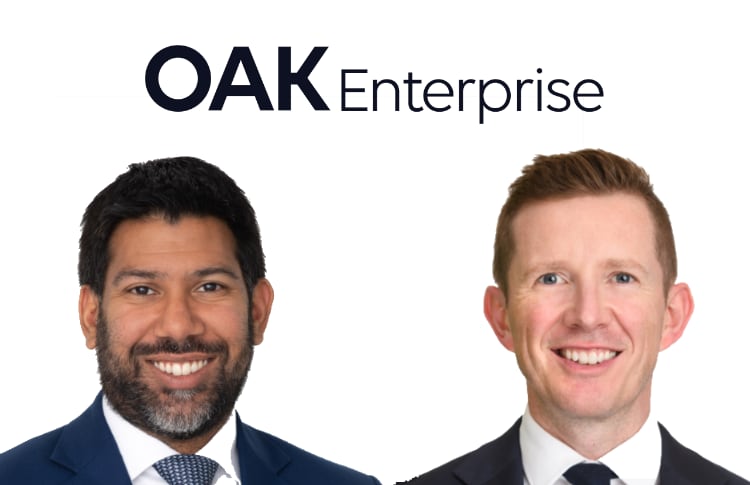
Caribbean nations must stop defaulting to adding more debt as the answer after every disaster shock, instead layering the full range of risk transfer and financing tools to enhance liquidity following events and ensure timely, responsive capital flow, according to comments made by the Governor of the Central Bank of Barbados.Speaking at the Caribbean Knowledge Forum 2025 event this week, Dr.Kevin Greenidge explained that while the Caribbean cannot control the economic shocks it faces, “we can control the buffers, rules, and systems that decide whether a shock becomes a crisis or just a difficult quarter.” He highlighted that, “Small states suffer materially higher disaster losses than larger economies.On average, annual disaster costs for small states sit near two percent of GDP, several times the burden in larger countries.
In the Caribbean, individual events can erase years of capital formation in one night.” Jamaica has proven to be a case in point, with fiscal rules, oversight and a plan helping to reduce its debt to GDP ratio, while the country also put in place to protect its economy.Within a risk financing pillar he proposed, Dr.Greenidge explained that Caribbean nations could, “Build and maintain a standing stack of instruments that convert disasters into manageable budget events, from budget buffers to insurance to contingent credit to swaps.” Emphasising the importance that countries, “Size coverage to asset exposure, set clear attachment points, and pre-arrange draw and payout procedures so execution is automatic.” He highlights the example of Jamaica which has its own catastrophe bond coverage, that he said complements parametric insurance protection through the CCRIF SPC and does not add debt.
Greenidge said, “I will be blunt.We must stop treating resilience as a list of projects with photos.Think in balance sheets, cash flows, and triggers.
We must stop assuming that grants will arrive on time and at scale.Grants are welcome, they are not a strategy.“We must stop defaulting to debt after every shock.
Debt has a place, but our first action should be to trigger insurance and pause clauses we already paid for, then draw contingent credit, then use budget contingencies, and only then seek new borrowing.” Being prepared is seen as critical, so putting in place this multi-layered approach to financing disaster risk can boost resilience and recovery after shocks occur, Greenidge’s speech explained.“If the average annual loss sits near two percent of GDP for small states, and higher for some Caribbean countries, then plan for it rather than hope it away,” he said.He called on countries to complete their layered risk financing, to ensure readiness.
Saying, ” Increase CCRIF coverage to keep pace with asset growth and urban exposure.Add or renew cat bonds where model risk is acceptable for the peril, and negotiate parametric features to suit local hazard profiles.“After Dorian and Maria, nobody needs persuasion that seconds matter.
The question is whether we pay for cover in advance or pay a lot more after the fact.” What does success look like? Greenidge said debt burdens need to be on a downward path, with surplus targets and reserves available, while disaster clauses should be embedded in a meaningful share of debt stock.On risk transfer he called for, “CCRIF coverage sized to current exposures, at least one cat bond or contingent credit line in place per high risk sovereign, and time to cash under thirty days from event to treasury receipt.” Greenidge said, “My commitment is simple.We will keep macro anchors credible.
We will push layered risk financing.We will treat payments and cyber as core infrastructure.We will insist on inclusion so that resilience is felt by the most vulnerable, not just measured in reports.
“We cannot calm the seas.We can build stronger balance sheets, stronger systems, and stronger institutions.That is financial resilience.
That is how we turn uncertainty into stability and stability into growth.” It’s encouraging to see this approach to multi-layered disaster risk financing gaining traction across the Caribbean and the example set by the utility of responsive parametric insurance triggers and coverage provided by the CCRIF has certainly helped to build awareness, which the example Jamaica has set with its approach to protecting its economic finances is also clearly being noticed..All of our Artemis Live insurance-linked securities (ILS), catastrophe bonds and reinsurance can be accessed online.Our can be subscribed to using the typical podcast services providers, including Apple, Google, Spotify and more.
Publisher: Artemis








